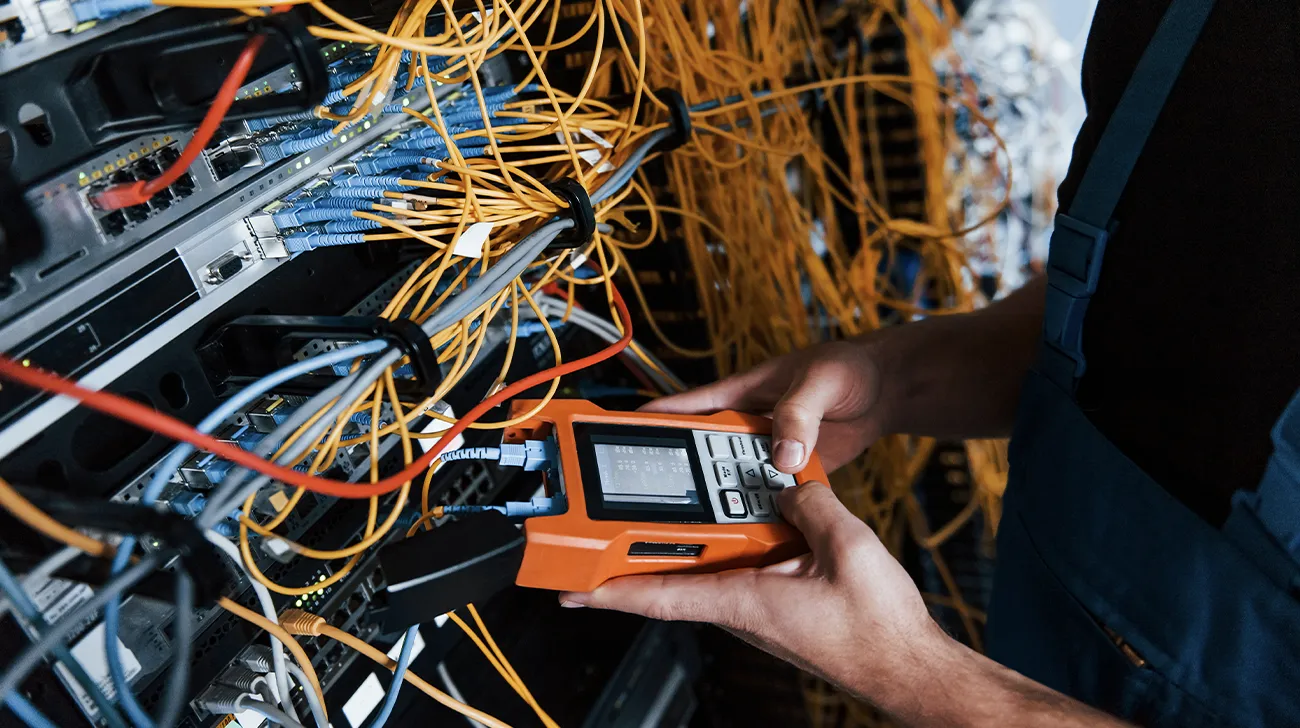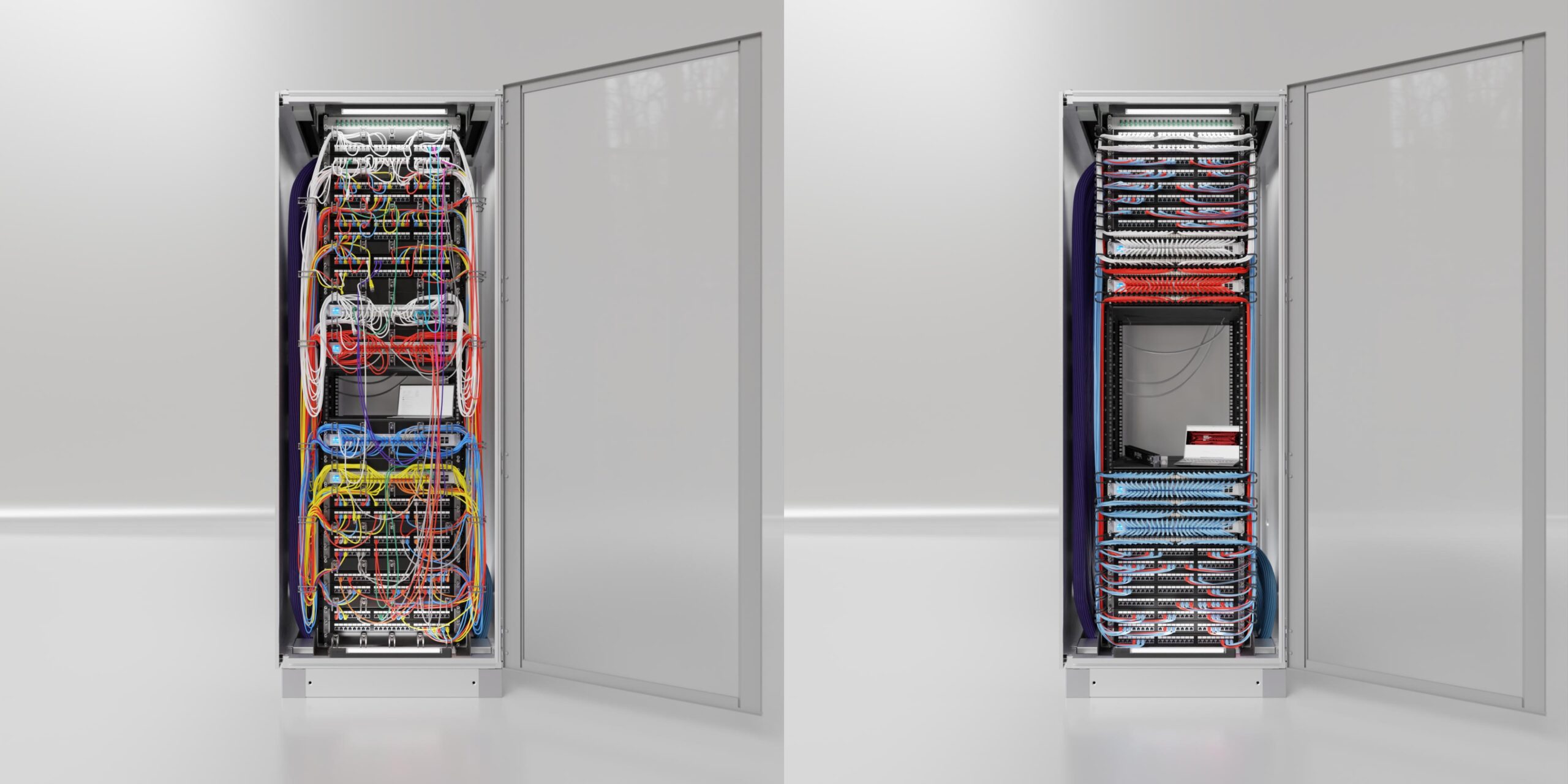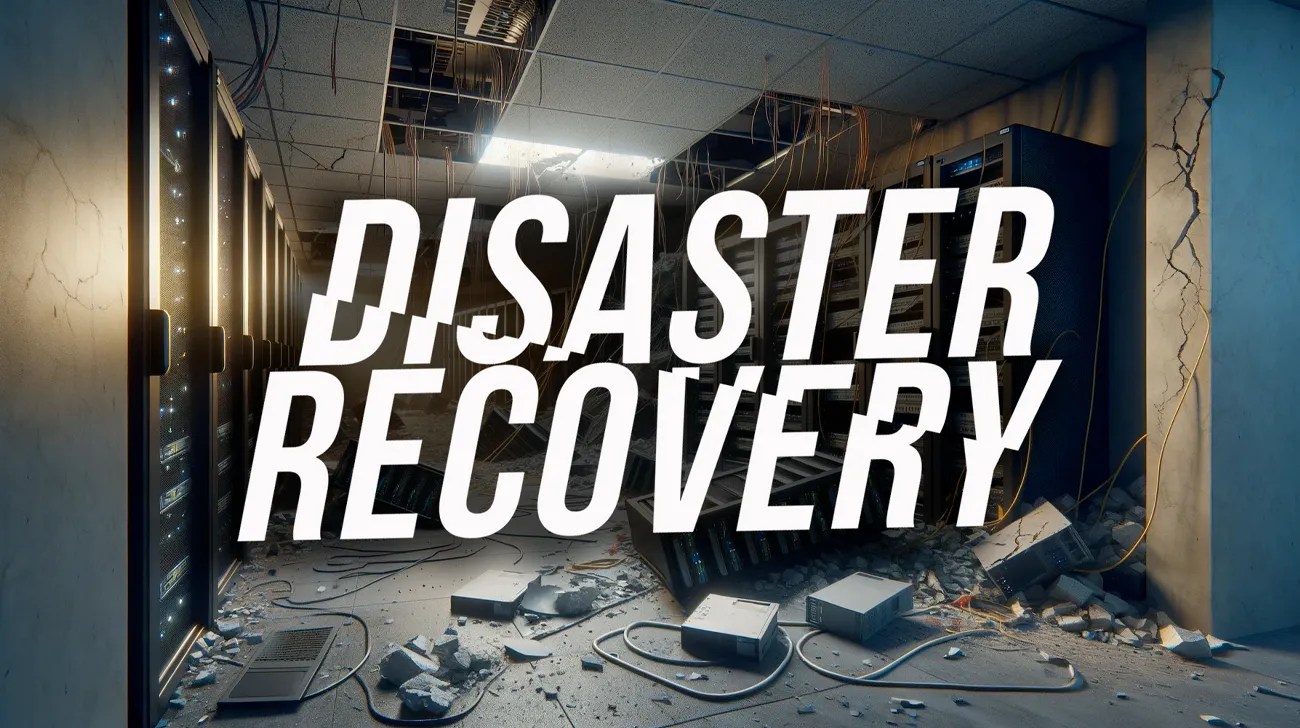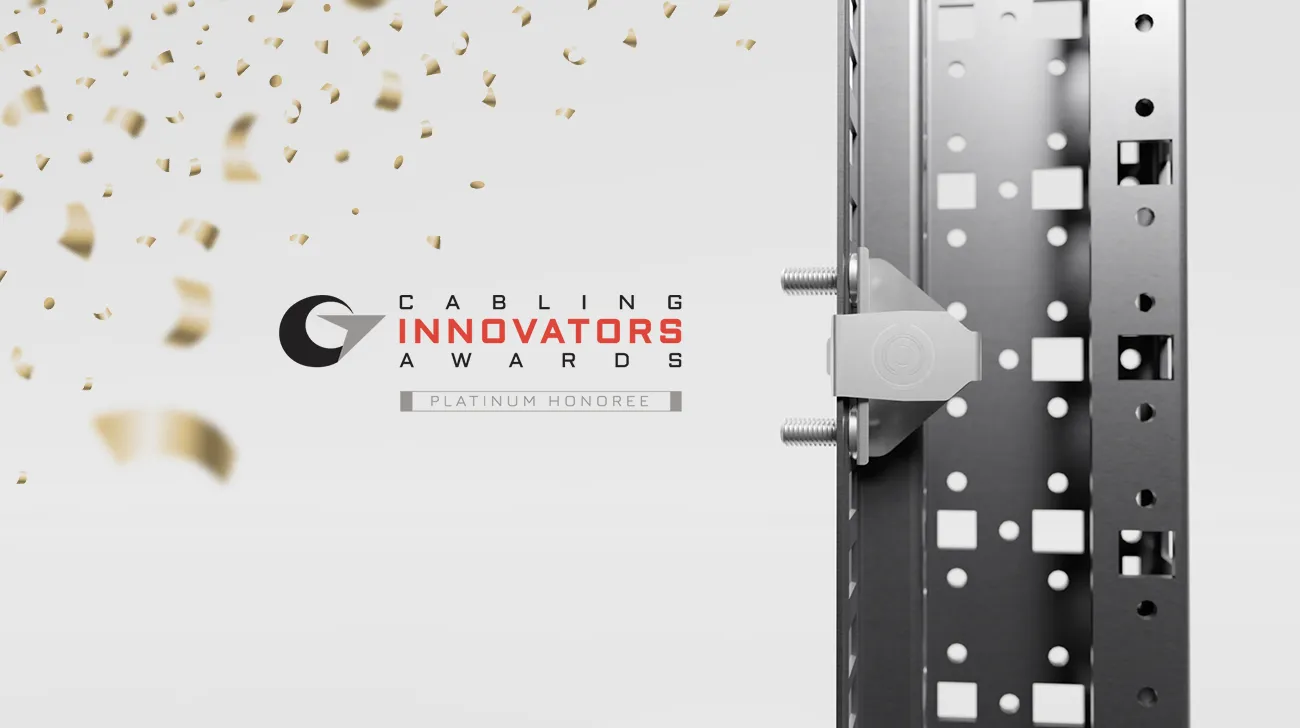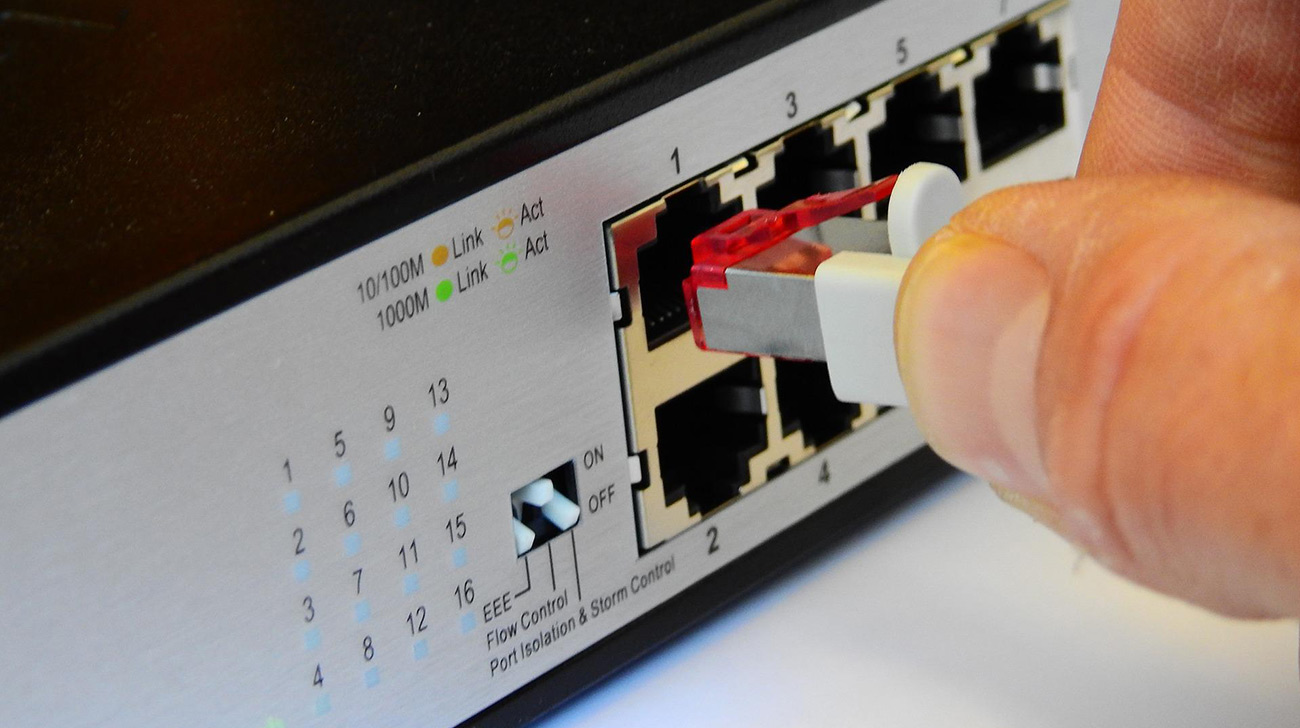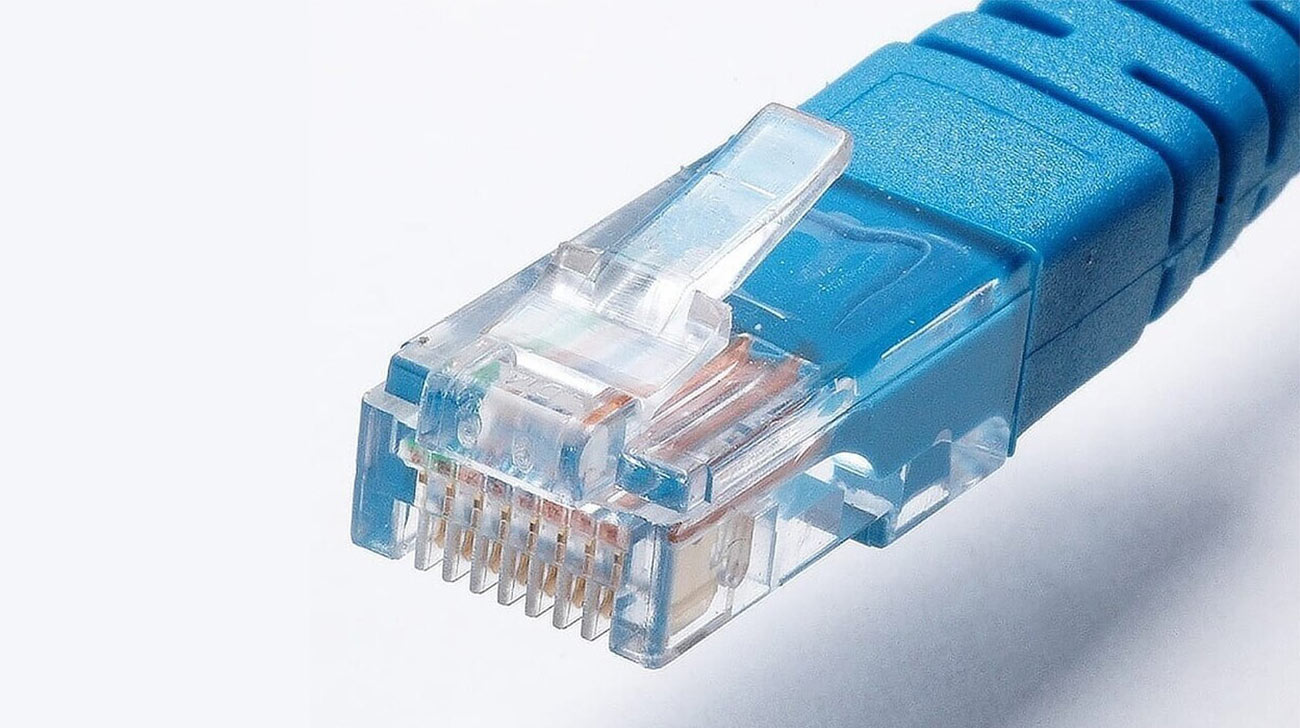In today’s digital age, a robust and reliable network infrastructure is crucial for businesses of all sizes.
Network troubleshooting is a common task that IT professionals face when dealing with connectivity issues, and one often overlooked aspect that can significantly impact network troubleshooting time is cable management.
Effective cable management practices not only enhance the overall organization and aesthetics of a network rack but also have a profound impact on reducing network downtimes and improving network management.
This article explores the costly effects of bad cable management and highlights the benefits of implementing good cable management practices, providing valuable insights into optimizing network troubleshooting time.
Downtimes & Network Troubleshooting
First, let’s take a look at what downtime is and how it affects businesses and IT.
When colleagues are unable to work in the office, and the company is offline, the IT department must act swiftly to troubleshoot and rectify the issue.
As soon as the network downtime is identified, the IT team springs into action, understanding the urgency and impact of the situation. They quickly assess the network rack, analyzing the tangled cables and identifying the switch needing replacing.
Please your OCD with perfect Cable Management
The chaotic cable management poses a significant hurdle, making tracing and identifying specific connections difficult. With a sense of urgency, the team begins the troubleshooting process.
They proceed to remove the faulty switch, ensuring that they disconnect the associated cables systematically.
The messy cable arrangement may add some complexity to the process, with the urgency and the quick troubleshooting making the mess worse and future maintenance more difficult.
This scenario serves as a reminder of how inefficient quick troubleshooting is and how important cable management systems like the PATCHBOX are.
Understanding the Costly Effects of Bad Cable Management
Network Downtimes and Server Downtimes
When cables are tangled, disorganized, or improperly labeled, troubleshooting network issues becomes an arduous task.
IT professionals spend a significant amount of time trying to trace cables, identify connectivity problems, and resolve issues caused by tangled wires.
Such delays result in extended network downtimes and, consequently, costly disruptions to business operations. To put it in perspective, according to Gartner, one minute of downtime costs 5,600 USD. Find out more in this interesting and helpful Whitepaper.
Cost of a Downtime:
5.600$ per minute!
Find out how to reduce downtimes and optimize your cable management in the long term.
By investing in proper cable management systems like the PATCHBOX, businesses can drastically reduce the time spent on network troubleshooting, minimizing server downtimes and ensuring seamless connectivity.
Installation, maintenance, and troubleshooting are up to eight times faster with the PATCHBOX.
Efficiency and Productivity
Inefficient cable management practices can hamper productivity within an organization. Imagine a scenario where a critical server goes down, and IT staff must scramble to identify the root cause.
Without organized cables and clear labeling, troubleshooting becomes a tedious process, leading to increased frustration and diminished efficiency.
On the other hand, a well-organized network rack with neatly managed cables enables IT professionals to quickly identify and address network issues, minimizing interruptions and maximizing productivity.
Benefits of Good Cable Management Practices
Reduced Network Troubleshooting Time
One of the most significant advantages of implementing good cable management practices is reducing network troubleshooting time.
Properly labeled and organized cables enable IT personnel to quickly locate specific connections, identify faults, and make necessary changes or repairs with ease.
This streamlined process drastically minimizes the time spent on diagnosing and resolving network issues, allowing businesses to resume operations swiftly and effectively.
Longevity of cables & hardware
The longevity of cables and hardware can be significantly improved with good cable management or systems like the PATCHBOX.
By enhancing airflow and thermal conditions, the system prevents overheating and potential damage.
With the innovative cable stopper, there is no tension on the cables, avoiding breakages caused by heavy cable harnesses pulling them down.
This advanced solution ensures that the cables, connectors, and ports last longer compared to conventional cabling methods, reducing the need for frequent replacements and maintenance and enhancing the overall reliability of the network infrastructure.
Scalability and Future-proofing
Implementing good cable management practices from the start lays a solid foundation for scalability and future-proofing your network infrastructure.
By organizing and documenting cable connections, businesses can easily add or remove devices, upgrade equipment, or implement network expansions without causing major disruptions.
This level of flexibility reduces the time required for reconfigurations and minimizes the risk of human errors during network changes.
Network Troubleshooting: Conclusion
Network troubleshooting is a critical task that demands efficiency and accuracy. But it can also be a cost-efficient one with the PATCHBOX.
Neglecting a long-term cable management solution can lead to costly consequences such as extended downtimes, decreased productivity, and frustrated IT teams.
With conventional cabling, tangled cables will always come back in the case of an emergency. Only the retractable cables of a PATCHBOX can prevent it.
By implementing a good cable management system, businesses can significantly reduce network troubleshooting time, enhance network performance, and future-proof their infrastructure.
Embracing a long-term solution is a worthwhile investment that yields long-term benefits for businesses in terms of improved network stability, reduced downtime, and optimized network troubleshooting time.
